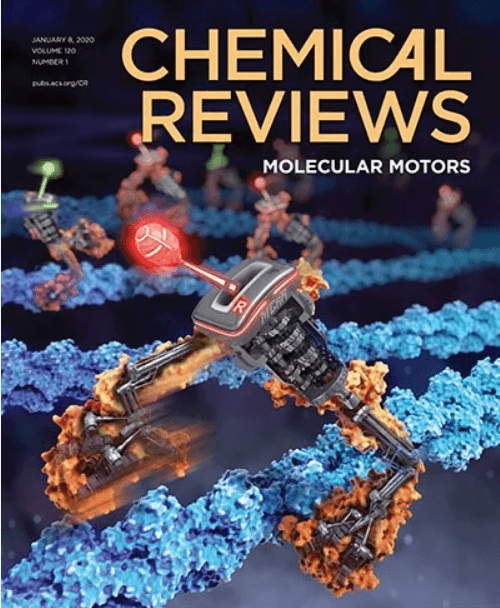Residue-Specific Incorporation of Noncanonical Amino Acids in Auxotrophic Hosts: Quo Vadis?
IF 51.4
1区 化学
Q1 CHEMISTRY, MULTIDISCIPLINARY
引用次数: 0
Abstract
The residue-specific incorporation of noncanonical amino acids in auxotrophic hosts allows the global exchange of a canonical amino acid with its noncanonical analog. Noncanonical amino acids are not encoded by the standard genetic code, but they carry unique side chain chemistries, e.g., to perform bioorthogonal conjugation reactions or to manipulate the physicochemical properties of a protein such as folding and stability. The method was introduced nearly 70 years ago and is still in widespread use because of its simplicity and robustness. In our study, we review the trends in the field during the last two decades. We give an overview of the application of the method for artificial post-translational protein modifications and the selective functionalization and directed immobilization of proteins. We highlight the trends in the use of noncanonical amino acids for the analysis of nascent proteomes and the engineering of enzymes and biomaterials, and the progress in the biosynthesis of amino acid analogs. We also discuss the challenges for the scale-up of the technique.

非规范氨基酸在营养不良宿主体内的残留特异性掺入:现状?
非规范氨基酸在营养不良宿主中的残基特异性结合允许规范氨基酸与其非规范类似物的全球交换。非规范氨基酸不是由标准遗传密码编码的,但它们携带独特的侧链化学物质,例如,进行生物正交偶联反应或操纵蛋白质的物理化学性质,如折叠和稳定性。该方法在近70年前被引入,由于其简单和鲁棒性而仍被广泛使用。在我们的研究中,我们回顾了近二十年来该领域的趋势。我们概述了该方法在人工翻译后蛋白质修饰和蛋白质的选择性功能化和定向固定化中的应用。我们强调了在新生蛋白质组分析和酶和生物材料工程中使用非规范氨基酸的趋势,以及氨基酸类似物的生物合成的进展。我们还讨论了扩大该技术的挑战。
本文章由计算机程序翻译,如有差异,请以英文原文为准。
求助全文
约1分钟内获得全文
求助全文
来源期刊

Chemical Reviews
化学-化学综合
CiteScore
106.00
自引率
1.10%
发文量
278
审稿时长
4.3 months
期刊介绍:
Chemical Reviews is a highly regarded and highest-ranked journal covering the general topic of chemistry. Its mission is to provide comprehensive, authoritative, critical, and readable reviews of important recent research in organic, inorganic, physical, analytical, theoretical, and biological chemistry.
Since 1985, Chemical Reviews has also published periodic thematic issues that focus on a single theme or direction of emerging research.
 求助内容:
求助内容: 应助结果提醒方式:
应助结果提醒方式:


